Workshop Planning for a Design team
The Product
The product my design team is working on is a mobile health app for mental health management, to be used on smartphones.
The Team
Our diverse team consists of 10 individuals from multiple different design backgrounds.
The Setting
Our design workshop will take place in a meeting room at the office and last one workday (9 AM - 5 PM).
The Need
The workshop is being held because we have a steady minimum viable product, but are looking for ways to improve it by adding new and impactful features.
Preparation
Here's a list of tasks I must do to prepare for the workshop:
- Create an agenda to be sent to all attendees detailing the workshop's structure, tasks, and any other relevant information.
- Send out invites to the workshop at least two weeks in advance.
- Gather necessary physical tools like pens, post-its, whiteboards, markers, etc.
- Reserve the meeting room.
Agenda
9:00 - 9:10 AM Arrival and Settling In
- Allow time for people to arrive, grab a coffee, and engage in small talk.
- Set up the screen, whiteboard, and other tools needed for the workshop.
9:10 - 9:20 AM Introduction
- Introduce the team to the agenda for the day.
- Set discussion rules and answer any questions.
9:20 - 9:40 AM Ice-breaker
- Each teammate selects three emojis that describe their mood and feelings for the day.
- They post these emojis on Slack and explain their choices.
- Present the ice-breaker to the team and give them 5 minutes to select their emojis.
9:40 - 10:40 AM Goal Alignment
- Use the whiteboard and post-its for this activity.
- Give the team 5 minutes to write down what they think the team should accomplish during the day.
- Discuss and vote on the most important goals.
10:40 - 11:00 AM Break
11:00 - 11:30 AM Idea Generation
- Divide the whiteboard into sections based on app features (e.g., "meditation", "journaling", "mood tracking").
- Teammates write ideas for improvements or new functionalities and stick them onto the whiteboard.
11:30 - 12:30 PM Idea Discussion
- Read out each post-it on the whiteboard.
- Discuss each idea as a team, ensuring that we aren’t shutting any of them down.
- Group similar ideas together.
12:30 - 1:30 PM Lunch
1:30 - 1:40 PM Voting
- Vote on the ideas generated before lunch.
1:40 - 2:10 PM Analyzing and Organizing
- Discuss the results of the votes.
- Organize the ideas by priority and feasibility.
- Select 3 ideas to focus on.
2:10 - 2:20 PM Dividing into Groups
- Assign each team to one of the improvement points.
2:20 - 3:20 PM Team Brainstorm
- Each team brainstorms their solution, discussing implementation.
3:20 - 3:40 PM Break
3:40 - 4:50 PM Idea Presentation and Discussion
- Each team presents their ideas.
- The rest of the team weighs in and adds to it.
4:50 - 5:00 PM Next Steps, "Thank Yous", and Goodbyes
- Thank everyone for their participation.
- Explain the next steps and ask for feedback on the workshop.
- Schedule a follow-up call with the product owner to discuss the ideas.
Post-workshop
Here's a list of tasks I must do as a follow-up to the workshop:
- Gather, record, and organize all the ideas and information from the workshop.
- Send out a form questionnaire to the team about the workshop.
- Book a call with key teammates and product owners to discuss the ideas.
Reviews
1 review
Rufat, your team workshop plan is well-structured and demonstrates a clever approach to generating and refining new feature ideas.
Here's my feedback, incorporating some industry best practices and potential enhancements:
💪 Strengths:
- Clear Agenda and Structure
- Emphasis on Collaboration
- Goal Alignment
- Thorough Post-Workshop Actions
💡 Suggestions:
With the team's diverse skills and perspectives, incorporating additional brainstorming techniques can enhance the whiteboard and Post-it approach. This will stimulate creativity and cater to different thinking styles.
Examples include:
- Brainwriting: Have participants silently write down ideas for a set time before sharing. https://www.figma.com/community/file/1043283992292747240/brainwriting?searchSessionId=lzabwxbu-l0sey9z8hwe
- The worst Possible Idea technique is a fun and effective way to break the ice and encourage unconventional thinking. Encouraging participants to brainstorm terrible ideas can help remove barriers to creativity and inspire more innovative solutions. https://brainstorming.co.uk/worst-possible-idea-technique/
- Round Robin: Go around the group, having each person contribute one idea at a time. https://www.figma.com/community/file/1157613914980404045/round-robin-figjam-uxchunks-com?searchSessionId=lzabwxbu-l0sey9z8hwe
After idea generation, introducing a structured prioritization framework, such as the impact vs effort matrix or dot voting, can be a valuable step. It helps the team objectively evaluate and select the most promising ideas, ensuring that the best ideas are given the attention they deserve. https://www.atlassian.com/agile/product-management/prioritization-framework
If time allows, dedicate a portion of the workshop to rapidly prototyping the top ideas. This can provide valuable feedback early on and help visualize potential solutions.
Last but not least, allocate time at the end of the workshop to acknowledge the team's achievements and celebrate the successful generation of new ideas.
Keep up the great work, and happy workshopping! ✌️
You might also like
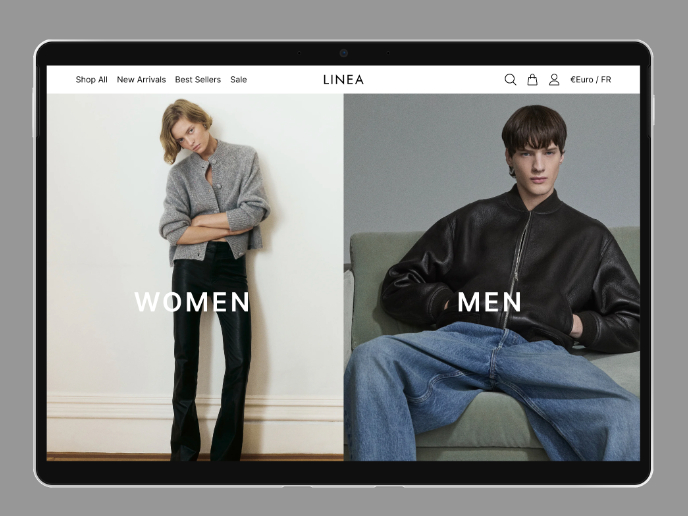
L I N E A - Minimalist Fashion Brand
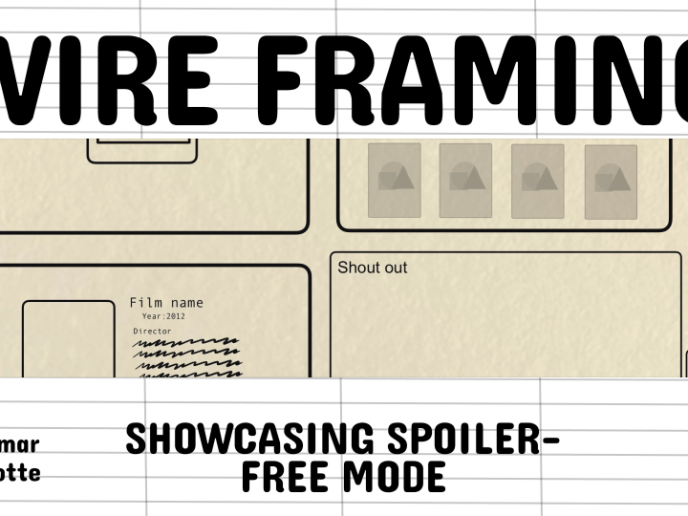
Video Streaming Service wireframe: Spoil-free mode and Interactivity
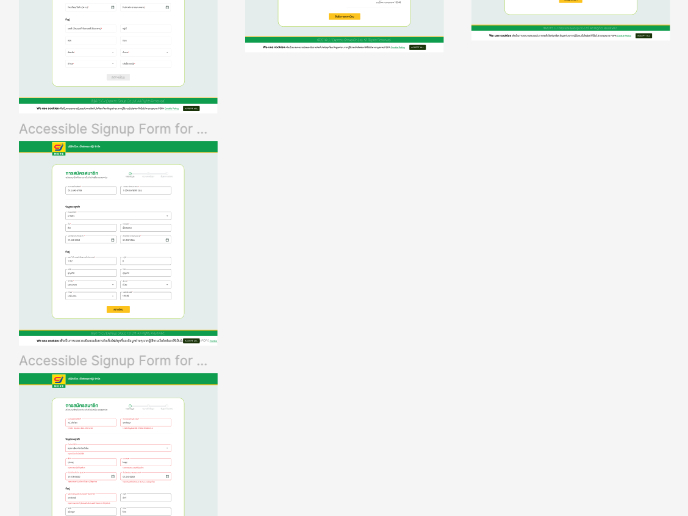
Accessible Signup Form for SaaS Platform
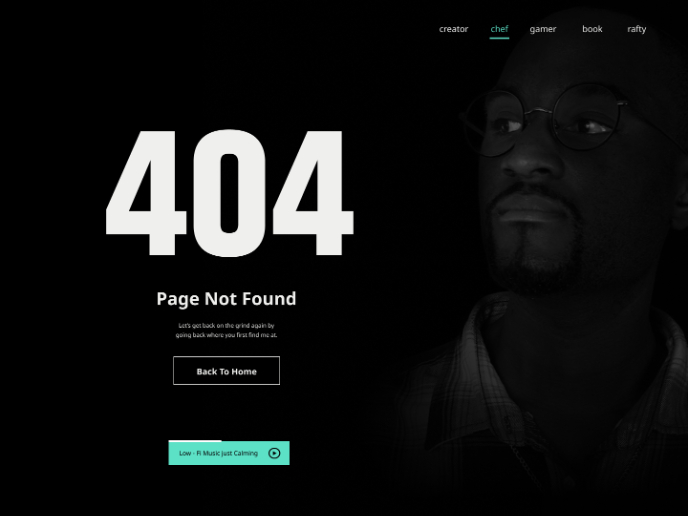
404 for Personal Website

SIPALA - Attendance, Leave, and Activity Management System
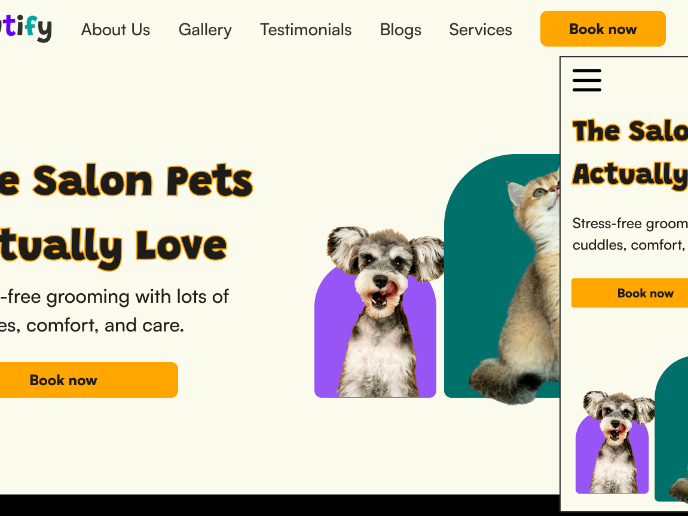
Pawtify - Responsive Landing Page Brief
Design Leadership Courses

UX Design Foundations

Introduction to Figma











